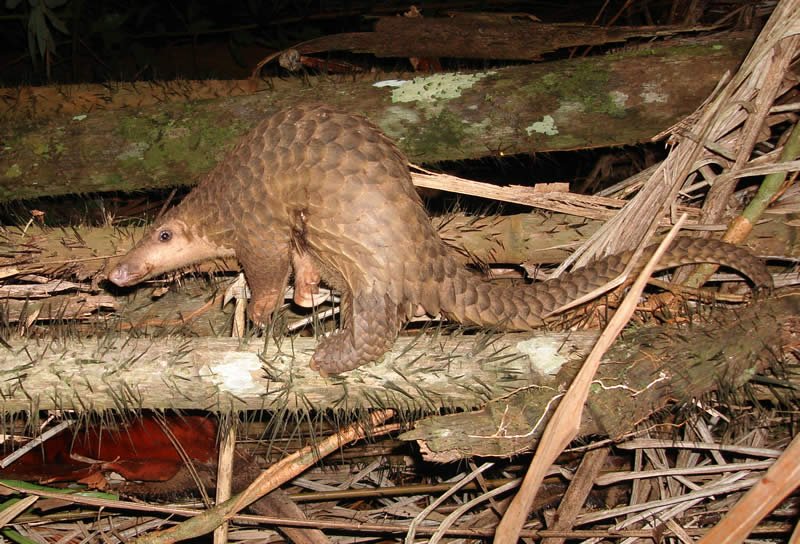Imagine a creature so mysterious that most people have never spotted it, so heavily armored it looks almost prehistoric, and so vulnerable that it has become the world’s most trafficked mammal. The Indian pangolin, with its intricate scales and secretive habits, hides in the shadows of forests and grasslands, shying away from human eyes. Yet, behind its quiet existence lies a shocking story of survival, exploitation, and resilience. How did this gentle, insect-eating animal become a silent victim of illegal wildlife trade, and what can we learn from its plight? Let’s step into the hidden life of the Indian pangolin—a living paradox of strength and fragility.
The Secretive Life of the Indian Pangolin

The Indian pangolin is a master of hiding. Rarely seen by people, it spends most of its life alone and active only at night. It favors burrows deep underground, which it digs with powerful claws, making it almost invisible in its natural habitat. This behavior isn’t just shyness—it’s a clever survival tactic. By emerging only after dark, the pangolin avoids predators and the harsh heat of the day. Even researchers find it a challenge to spot one in the wild, and most local villagers only catch fleeting glimpses. Its secretive life has helped it survive for millions of years, but unfortunately, it’s also made the pangolin an easy target for poachers who know where to look.
A Living Suit of Armor: The Scales
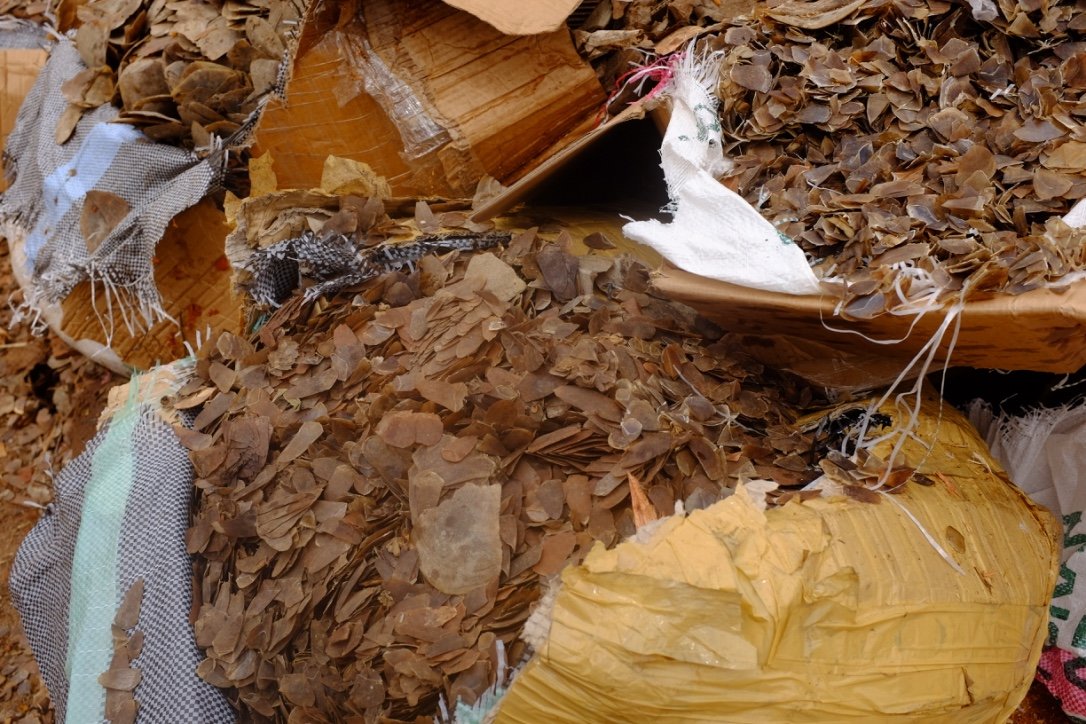
Perhaps the most striking feature of the Indian pangolin is its armor of overlapping, keratin scales. These scales are so tough that they can repel bites from leopards and even the claws of big cats. When threatened, the pangolin curls into a tight ball, tucking in its vulnerable belly and presenting only its impenetrable scales. This defense works wonders against natural enemies, but tragically, it’s useless against humans. People simply pick up the curled pangolin and carry it away. Each pangolin has about 300 to 500 scales, which make up roughly 20% of its body weight—a remarkable adaptation, but also the very reason it’s hunted.
What’s on the Menu? Diet and Feeding Habits
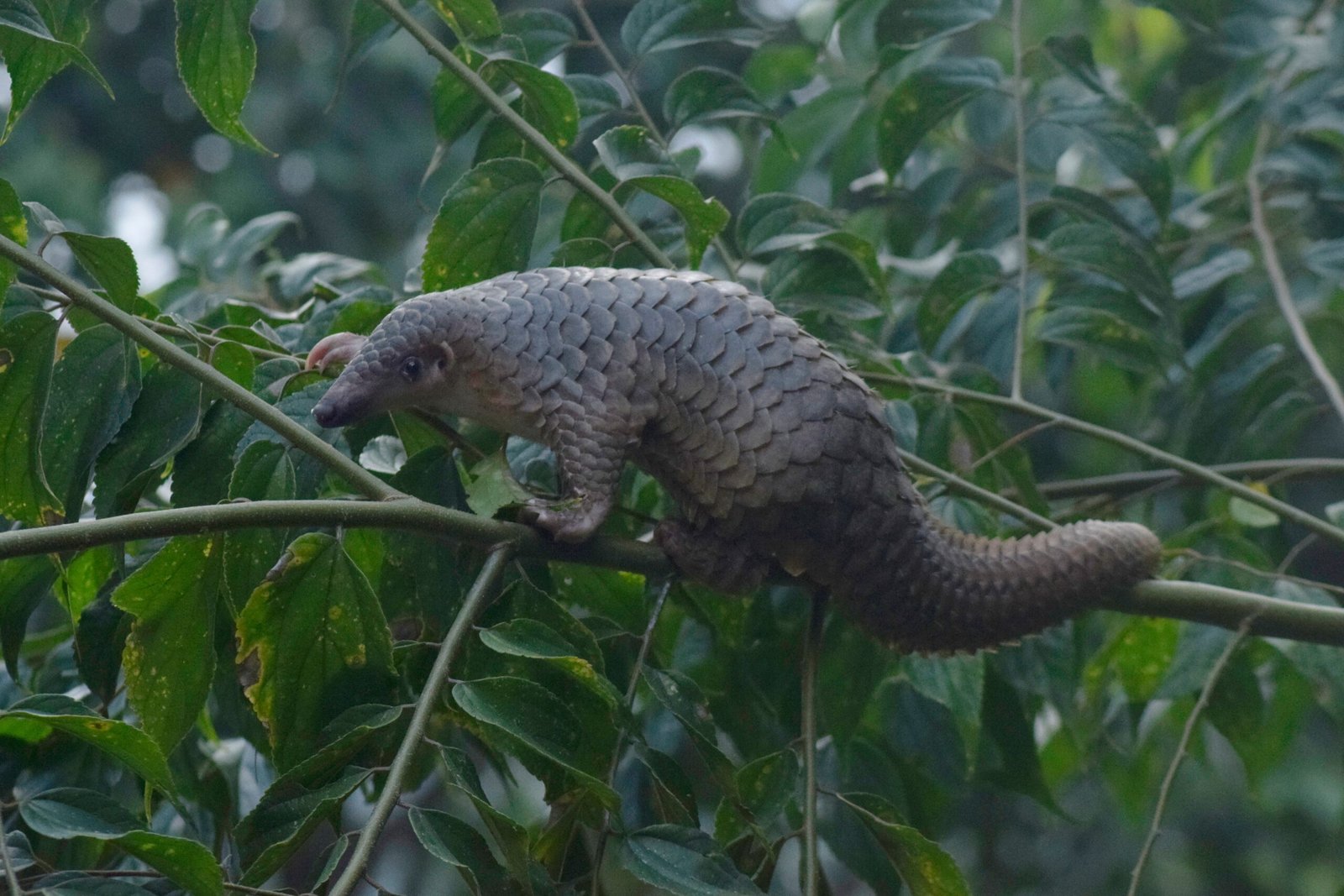
Indian pangolins are nature’s pest controllers. Their main diet consists of ants and termites, which they sniff out using an acute sense of smell. With no teeth, they rely on a long, sticky tongue—sometimes longer than their body—to slurp up insects from deep inside nests. A single pangolin can eat thousands of ants in one night, helping keep insect populations in check. They also use their strong forelimbs to rip open termite mounds and anthills. This specialized diet makes them sensitive to changes in their environment, as they can’t easily switch to other food sources if their insect prey disappears.
Home Is Where the Burrow Is
The Indian pangolin is a true homebody, spending most of its time in carefully constructed burrows. These underground homes can be several meters long and have multiple chambers for sleeping, resting, and even rearing young. The burrows provide protection from predators and extreme weather, creating a stable microclimate. Pangolins are known to dig new burrows every few weeks, leaving behind a network of tunnels that benefit other creatures, such as snakes and small mammals, who move in after the pangolin has left. Their presence quietly shapes the ecosystem, creating shelter for many species.
A Solitary Spirit: Social Behavior and Reproduction
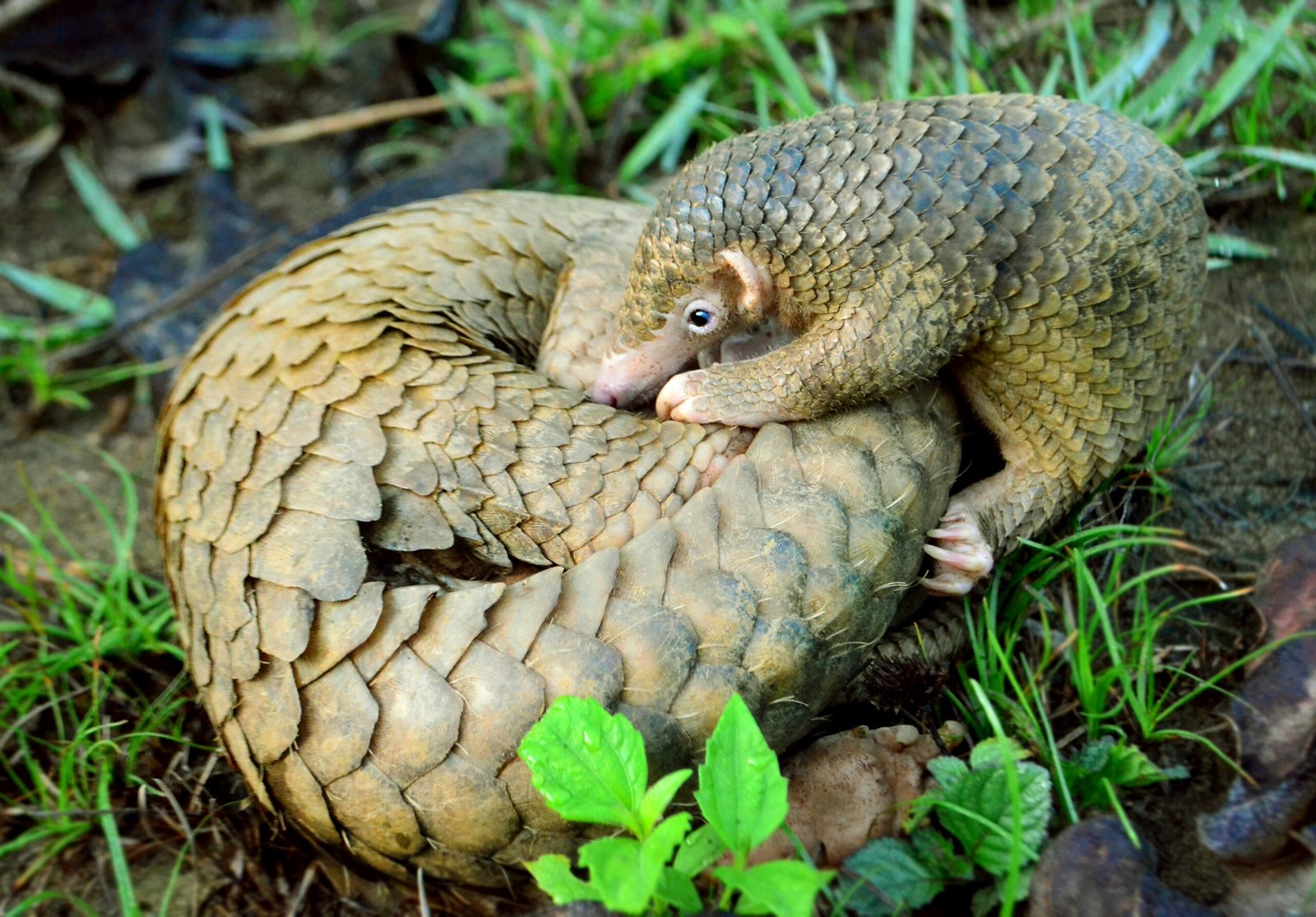
Indian pangolins are solitary by nature, coming together only briefly to mate. After a gestation period of about two to three months, the female gives birth to a single baby—a tiny, pink version of herself with soft, flexible scales. The mother cares for her baby in the safety of her burrow, fiercely protective and attentive. For the first few months, the baby rides on her tail as she forages at night. Reproduction rates are slow, making it hard for populations to rebound once numbers decline. Their solitary habits also mean that pangolins don’t form groups or communities, so each animal’s survival depends on its own ability to hide and find food.
The Tragic Tale: Why Are Pangolins Poached?
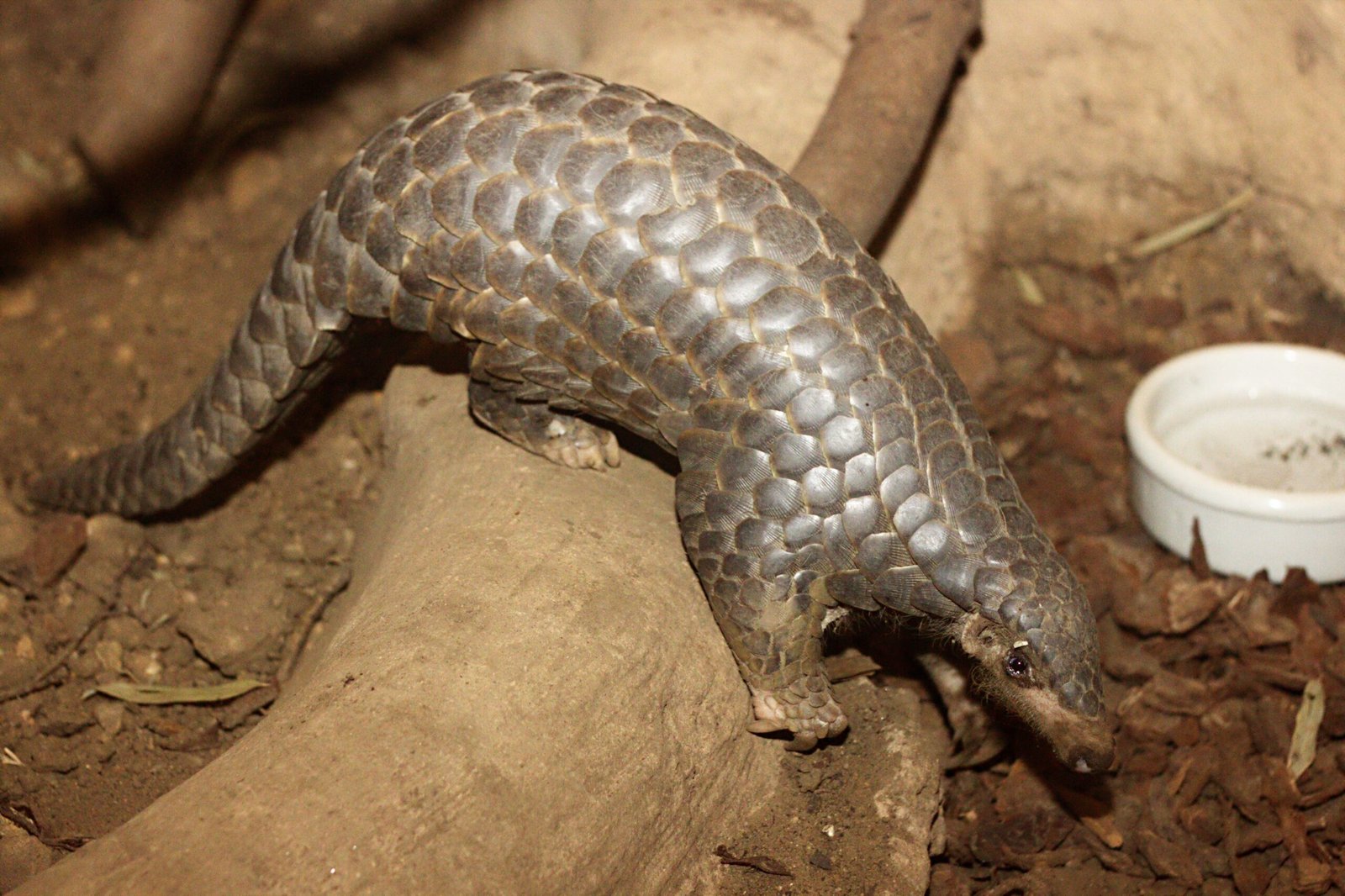
It’s heartbreaking but true: the Indian pangolin is the world’s most trafficked mammal. Its scales are highly prized in traditional medicine, especially in parts of Asia, where they’re believed—without scientific evidence—to cure everything from arthritis to cancer. Pangolin meat is considered a delicacy in some cultures, adding to the pressure. Demand for these products fuels a lucrative black market, where a single pangolin can fetch thousands of dollars. Poaching is brutal—pangolins are often captured alive and transported in horrifying conditions. The irony is that the very scales meant to protect them have become their curse.
Pangolins in Peril: Conservation Status
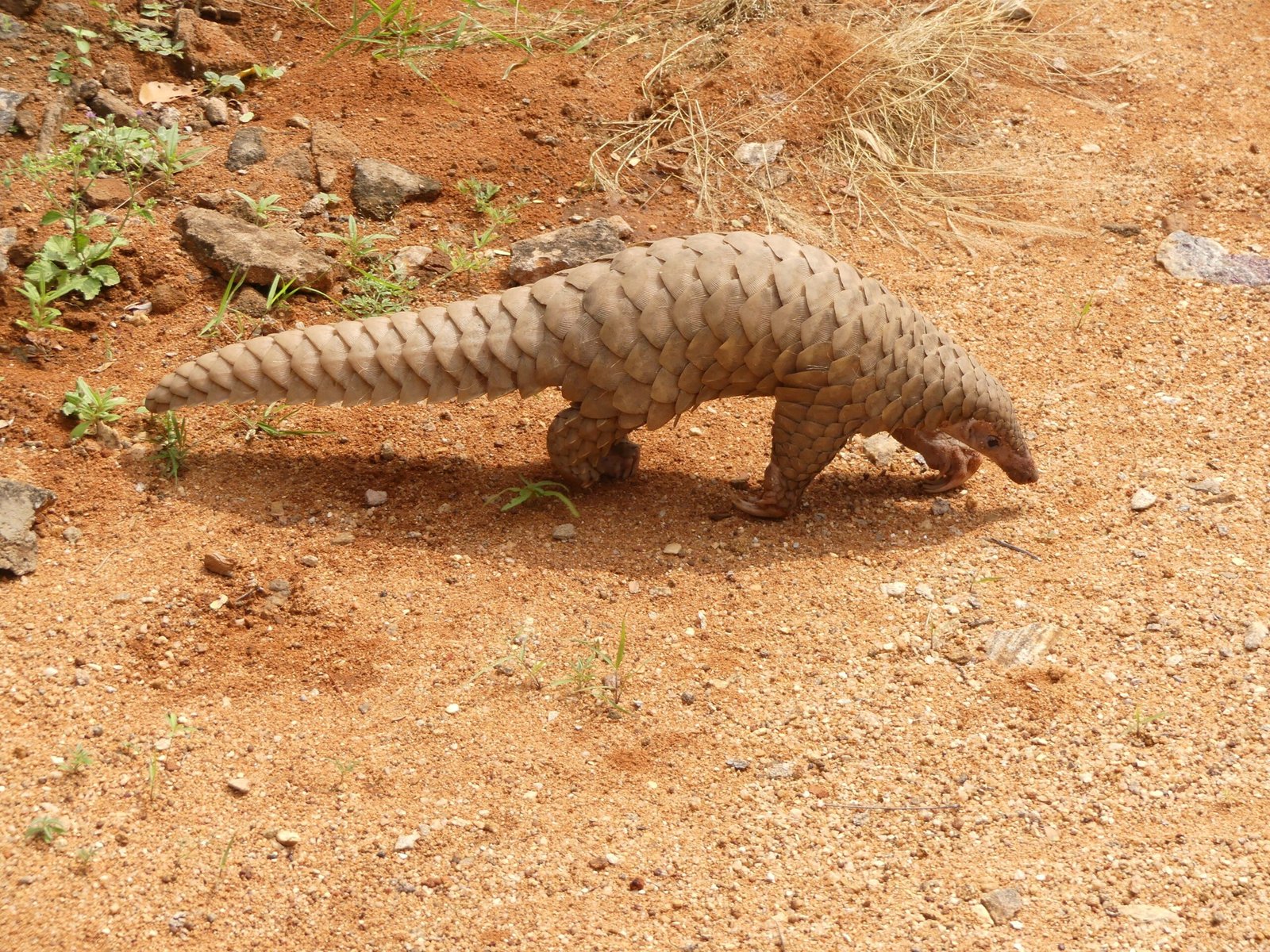
Today, the Indian pangolin is listed as Endangered, and its numbers are rapidly declining. Habitat loss, driven by deforestation and urban expansion, adds to the immense pressure from poaching. Conservationists estimate that tens of thousands of pangolins are taken from the wild each year, but the true number is likely much higher. Despite legal protection under national and international laws, enforcement is weak and corruption rampant. Wildlife rescue centers struggle to rehabilitate rescued pangolins because they are so sensitive to stress and changes in diet. The situation is dire, and without urgent action, the Indian pangolin could vanish forever.
The Science of Scales: What Are They Really Made Of?
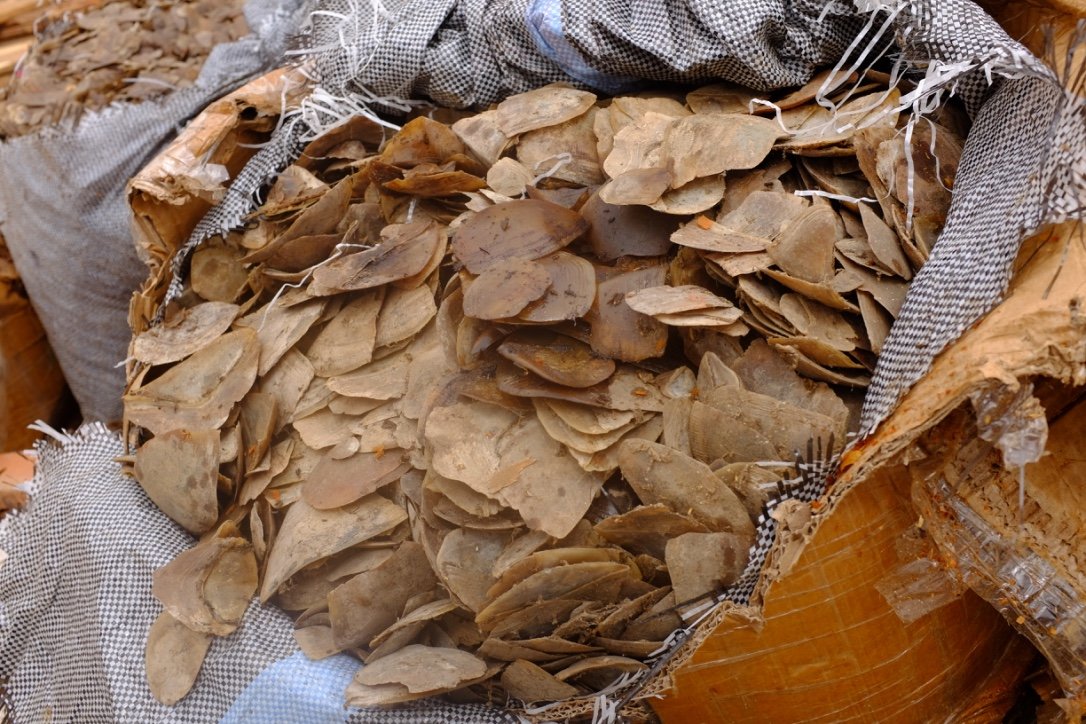
Pangolin scales are made of keratin, the same protein found in human hair and nails. Despite this, myths about their medicinal value persist, driving illegal trade. Scientific studies have shown that the scales have no special healing properties—they’re biologically inert. Crushing and consuming them is no different, in effect, from eating fingernails. Yet, deeply rooted beliefs and lack of awareness continue to fuel demand. Scientists and conservationists are working hard to educate the public, but changing long-held traditions takes time and patience.
The Pangolin’s Role in the Ecosystem
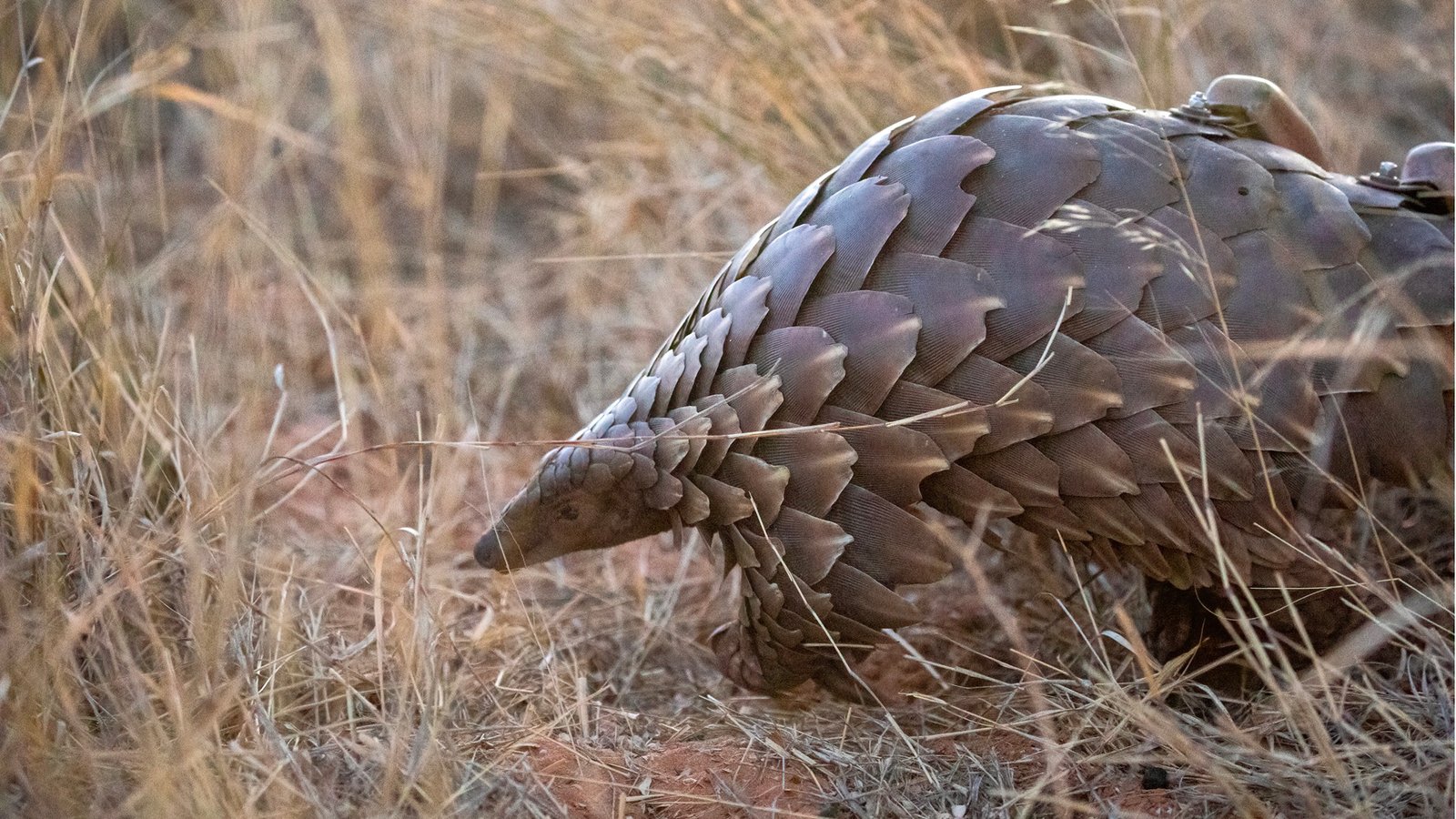
Indian pangolins aren’t just fascinating—they’re vital to their environment. By devouring ants and termites, they protect crops and forests from destructive pests. Their burrowing activity aerates the soil and helps water penetrate deeper, improving plant growth. In many ways, pangolins are like nature’s underground gardeners, quietly maintaining balance in their habitats. When pangolins disappear, insect populations can boom, leading to cascading effects on agriculture and biodiversity. Their loss would be felt far beyond their quiet tunnels.
Tracking the Elusive: Research and Monitoring Efforts
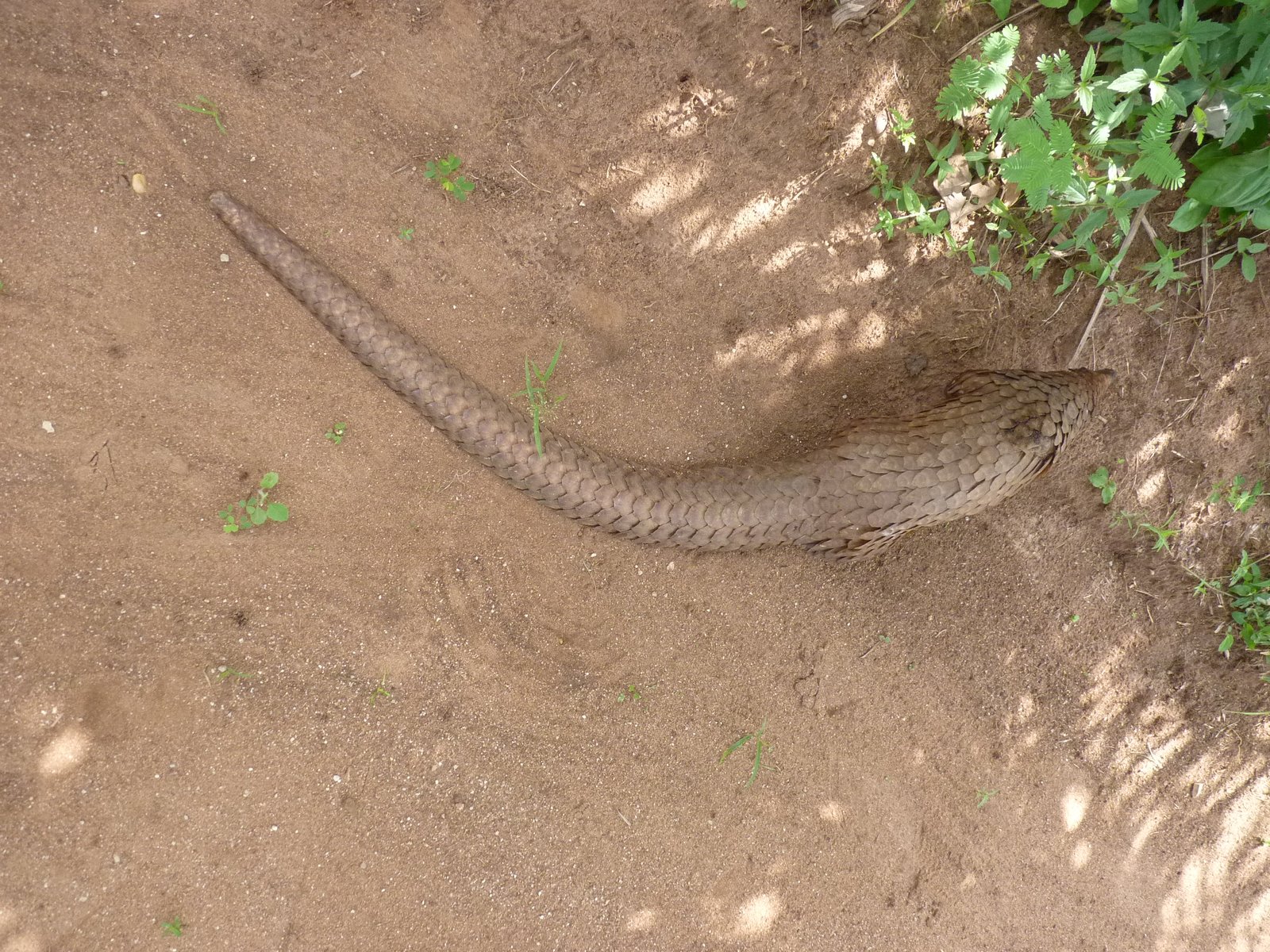
Studying the Indian pangolin is notoriously tricky. Their shy nature and nocturnal habits mean researchers often rely on camera traps, tracking dogs, and even local knowledge to locate them. Scientists use radio transmitters to monitor their movements and learn more about their secret lives. Each new discovery helps fill in the gaps about pangolin behavior, reproduction, and threats. But research is slow and painstaking, often hampered by lack of funding and resources. Every bit of knowledge is a small victory in the fight to save them.
Traditional Beliefs and Modern Myths
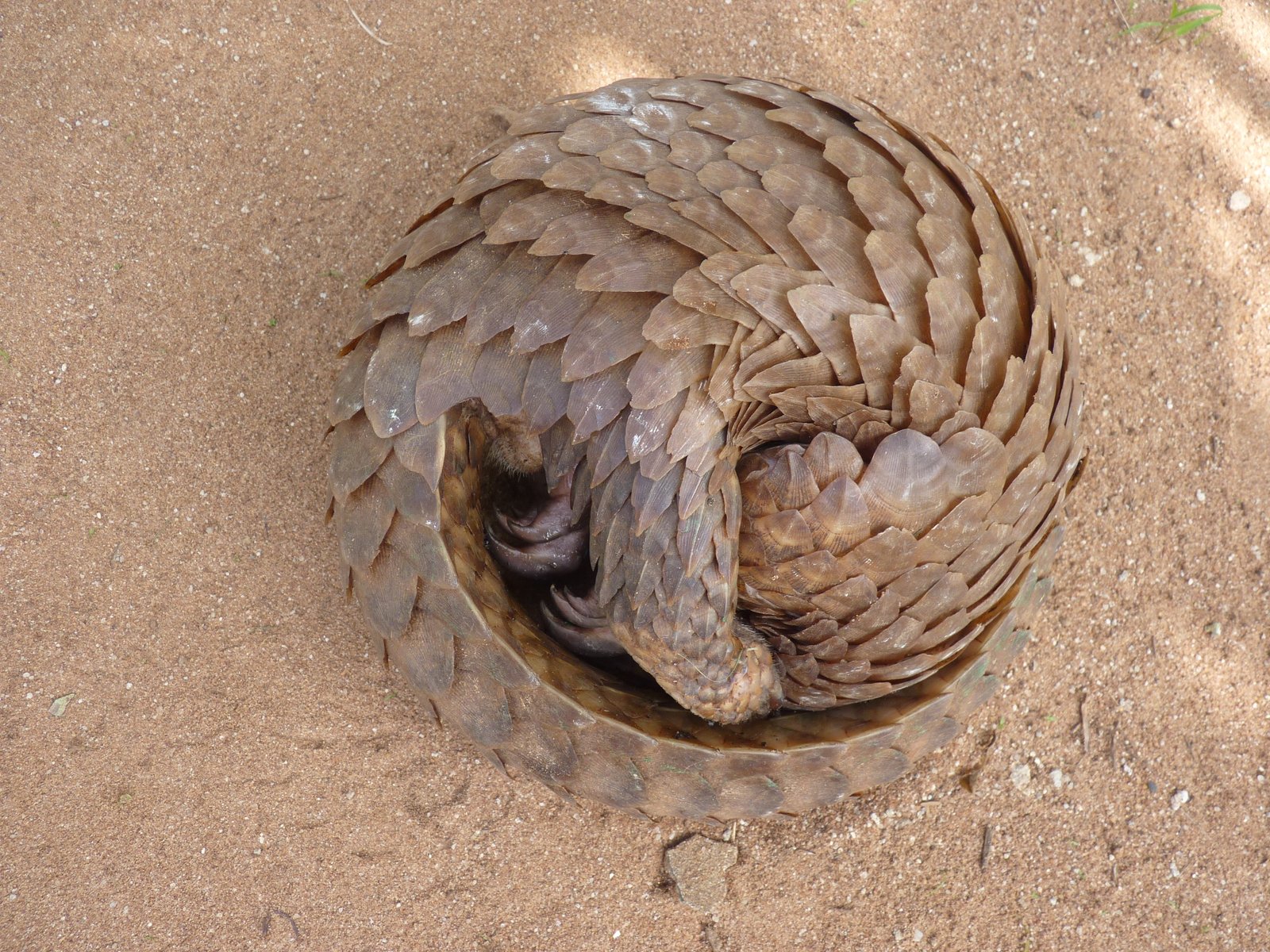
Across India and parts of South Asia, pangolins are wrapped in folklore and superstition. Some believe that carrying a pangolin scale brings good luck, while others see them as omens. These beliefs, passed down through generations, add a complex layer to conservation efforts. Modern myths, fueled by misinformation online, have only made things worse. Conservationists must tread carefully, respecting cultural traditions while challenging harmful practices. Changing minds is often harder than changing laws.
Legal Protection and Enforcement Challenges

On paper, the Indian pangolin enjoys strong legal protection. It’s listed under Schedule I of India’s Wildlife Protection Act and included in international agreements like CITES. In reality, enforcement lags far behind. Understaffed agencies, lack of training, and rampant corruption make it easy for traffickers to operate. Smuggling networks are sophisticated, often spanning multiple countries. When poachers are caught, penalties are rarely severe enough to act as a deterrent. Closing these loopholes is crucial if pangolins are to have a future.
The Rescue and Rehabilitation Dilemma
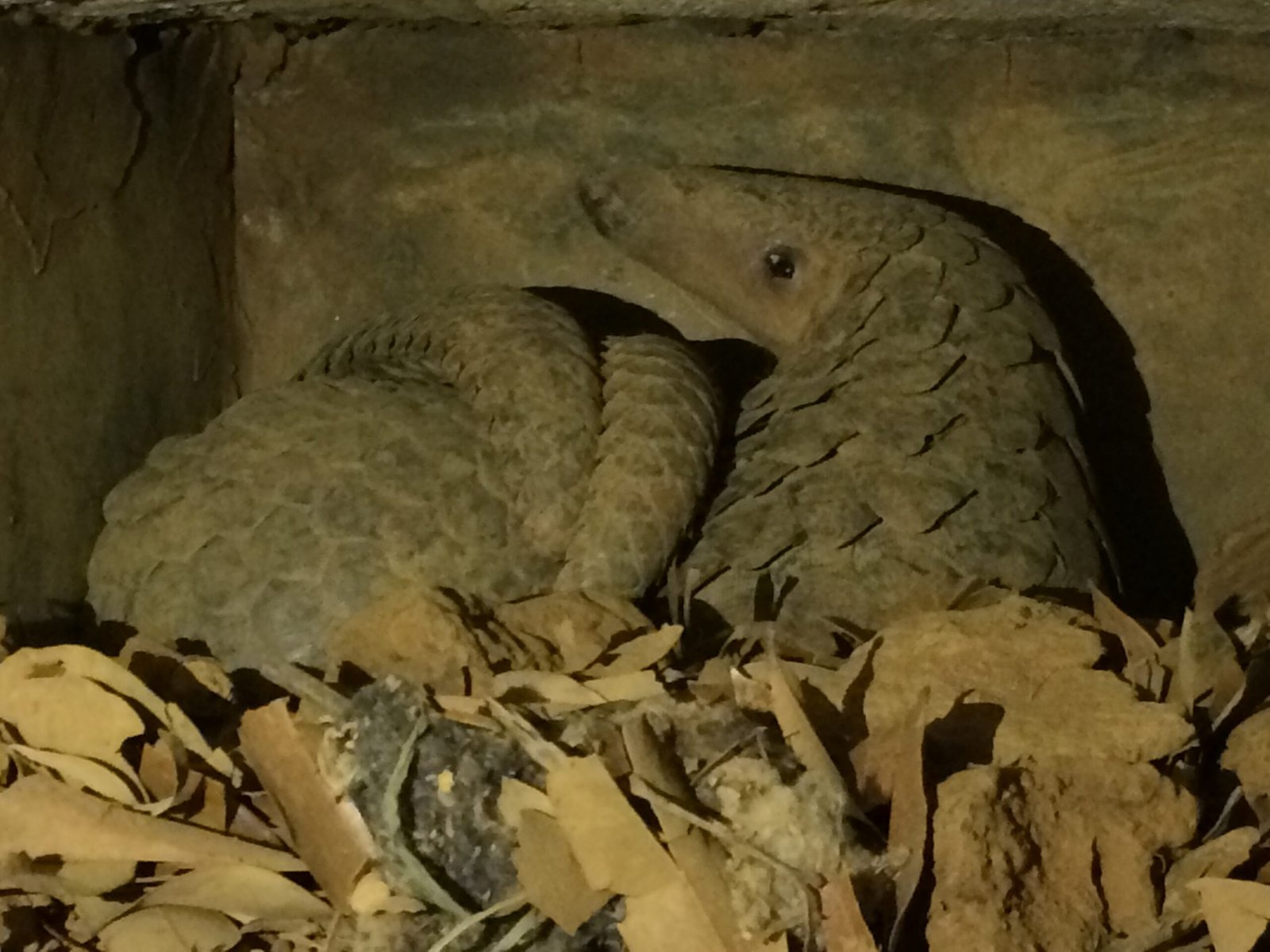
Rescuing pangolins from traffickers is only the first step. Rehabilitation presents its own challenges—pangolins are incredibly sensitive and often refuse to eat in captivity. Many die from stress or injuries before they can be released. Wildlife veterinarians work tirelessly to treat wounds, manage infections, and provide specialized diets. Successful releases are rare but deeply rewarding. Each rehabilitated pangolin is a tiny beacon of hope, but rescue centers are stretched thin and desperately in need of support.
Citizen Science and Community Involvement

Ordinary people are making a difference in pangolin conservation. Community patrols, citizen science projects, and local reporting networks help track sightings and alert authorities to poaching activity. In some villages, former hunters have become protectors, educating their neighbors about the pangolin’s importance. Schools and NGOs run awareness campaigns, turning curiosity into compassion. These grassroots efforts, though small, are powerful—they build a sense of shared responsibility and pride in local wildlife.
Pangolins in Popular Culture
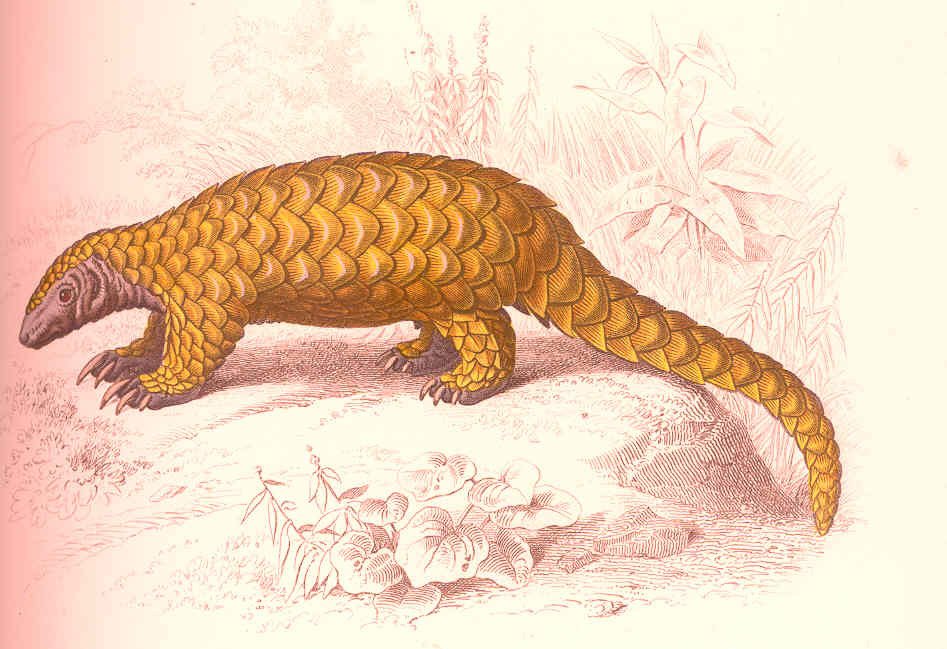
Despite their rarity, pangolins have captured the imagination of artists, writers, and filmmakers. Cartoons, children’s books, and documentaries are shining a spotlight on their plight. In recent years, pangolins have become unlikely internet celebrities—videos of their odd, waddling walk and gentle nature have gone viral. This newfound fame is a double-edged sword: it brings attention to their struggles but can also drive demand for illegal pets. Still, the more people know about pangolins, the better their chances of survival.
New Frontiers: Technology and Innovation in Conservation
Technology is giving pangolin conservation a boost. Drones monitor remote forests, while satellite tagging helps track individual animals. DNA analysis is uncovering poaching hotspots and illegal trade routes. Apps and social media campaigns are spreading awareness faster than ever before. These innovations are breaking down barriers and connecting conservationists across the globe. Technology can’t replace old-fashioned fieldwork, but it’s a powerful ally in the race to save the Indian pangolin.
Hope on the Horizon: Success Stories

There are glimmers of hope in the fight to save pangolins. In some areas, community-led patrols have dramatically reduced poaching. Rescued pangolins have been successfully released and tracked in the wild, providing invaluable data for future efforts. International crackdowns on trafficking networks have led to record seizures and arrests. Each success story is a reminder that change is possible—even for the world’s most endangered and elusive creatures.
What Can You Do? Small Actions, Big Impact
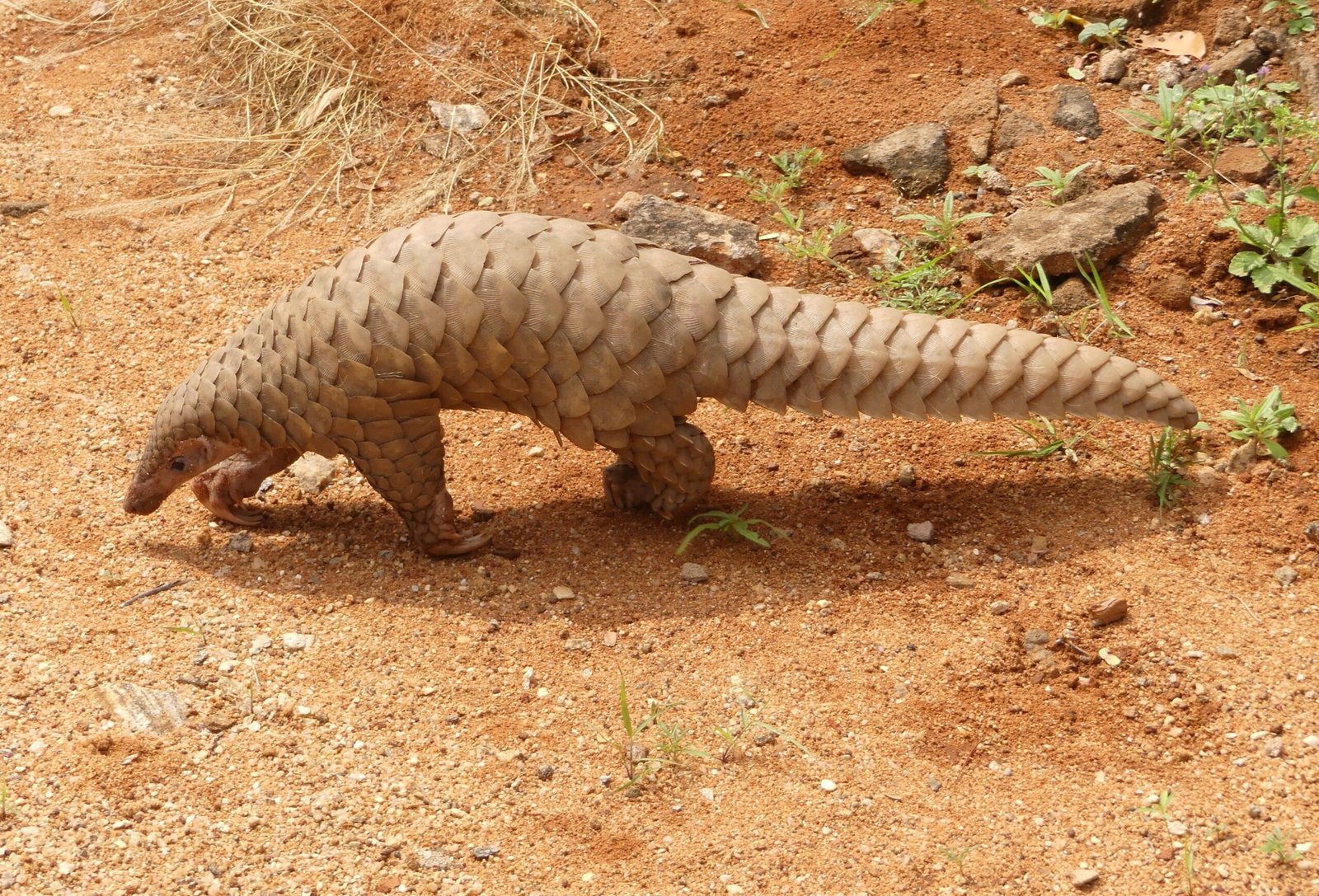
Everyone has a role to play in pangolin conservation. Learning about these amazing animals and sharing their story is an important first step. Supporting reputable wildlife organizations, reporting illegal trade, and avoiding products made from pangolin scales can make a real difference. Even small actions—raising awareness on social media, donating to rescue centers, or volunteering—add up. The fate of the Indian pangolin is in our hands, and every effort counts.
A Call to Protect the Unseen
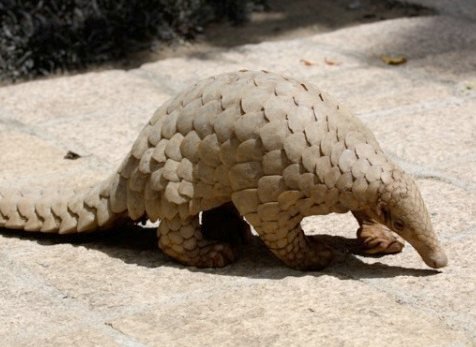
The Indian pangolin’s struggle is a stark reminder of how easily a species can slip away, unnoticed and uncelebrated. Its shy, armored silhouette is a symbol of both vulnerability and quiet resilience. As we marvel at its unique place in nature, we’re faced with a choice: Will we let this remarkable animal vanish in silence, or will we rise to protect what we can never truly replace?

